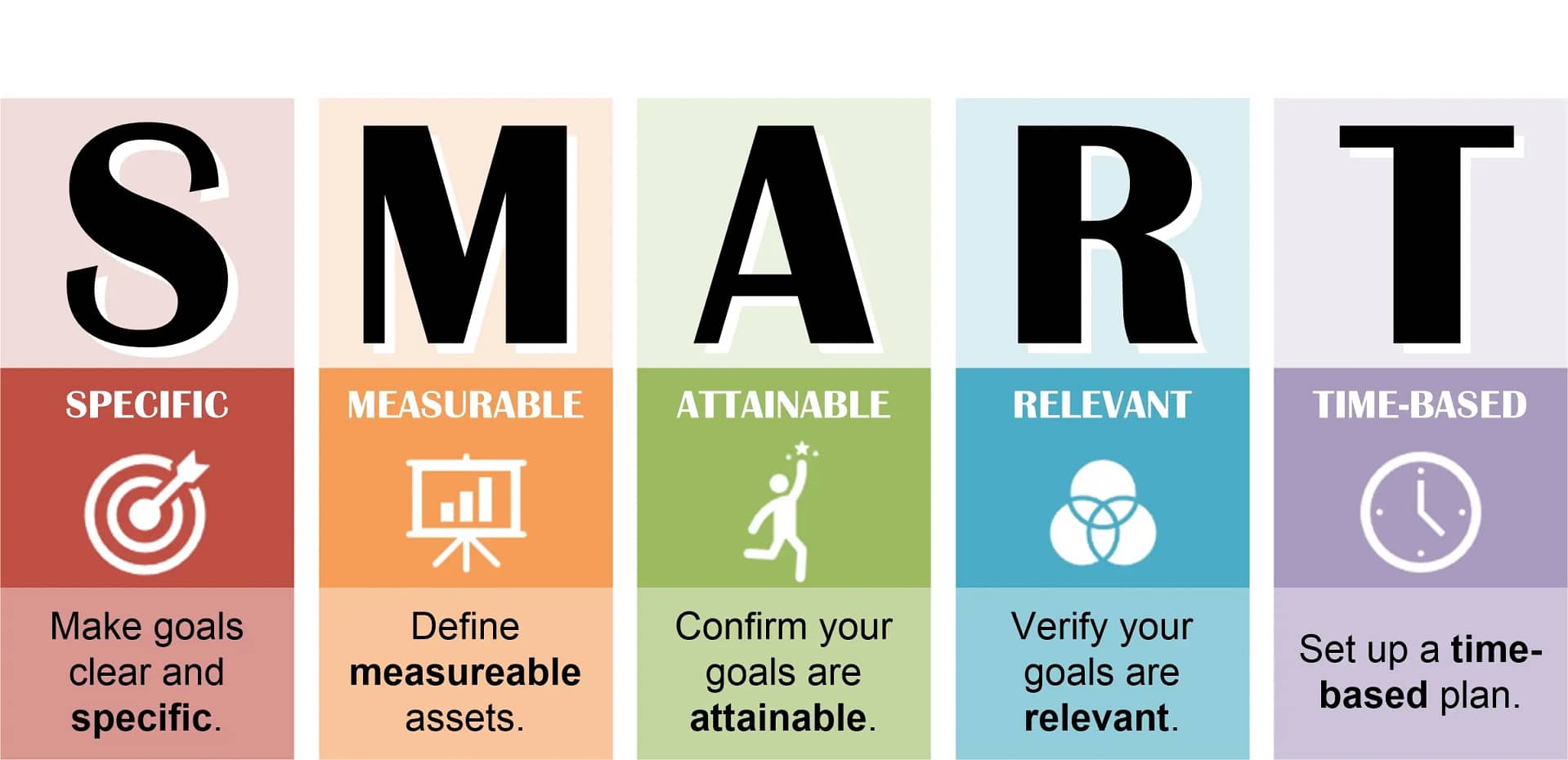Starting a business with limited capital may seem like a daunting task, but with the right strategies and a solid plan, it’s entirely possible to turn your entrepreneurial dreams into reality. In this guide, we will walk you through the key steps to kickstart your business journey with minimal financial investment. Learn how to start a business without breaking the bank and maximize your chances of success.
Market Research and Niche Selection
Conduct thorough market research to identify viable niches and consumer needs. Utilize tools like Google Keyword Planner and industry reports to gather insights. Choose a niche that aligns with your passion and has potential for profitability.
Market research is the first key element to consider after conceiving your business idea. It can have a lot of effects on your business if well conducted. Let’s explore the various areas of this part of business development:
Understanding Market Dynamics
Before embarking on your entrepreneurial journey, it’s imperative to delve deep into market research. Identify trends, analyze consumer behavior, and assess potential competitors. This information forms the foundation for your business strategy, ensuring you enter a market with a clear understanding of its dynamics.
Utilizing Online Tools
Tap into the power of online tools such as Google Keyword Planner, SEMrush, and Ahrefs. These tools provide valuable insights into search volumes, competition, and trending keywords related to your business. By harnessing this data, you can tailor your offerings to meet specific consumer needs and stay ahead in search engine rankings.
Identifying Target Audience
Pinpointing your target audience is crucial for effective niche selection. Consider demographics, psychographics, and behaviors of potential customers. Construct detailed buyer personas to guide your marketing efforts.
This nuanced understanding allows you to tailor your products or services to meet the unique demands of your identified consumer base. This is important because it gives the avenue to improve the quality of product or service you offer to your audience.
For example, if you know that you’re producing food for only babies under 4 years, then your business’ niche is babies food and babies under 4 years are your target audience.
Validation through Surveys and Interviews
To solidify your niche choice, engage with your potential audience directly. Conduct surveys and interviews to gather feedback on your proposed business concept. Validate your ideas, identify pain points, and refine your offerings based on real-time input. This interaction not only refines your business model but also establishes a connection with future customers.
Taking our babies food for instance, we can engage stakeholders like parents and caregivers to understand their pains when it comes to their babies food, know the exact solution they require to quench their pain. This will offer us a better way to develop our product to be unbearable on the market.
Analyzing Competitors
Examine existing businesses within your chosen niche. Identify their strengths, weaknesses, and unique selling propositions. This analysis helps you position your venture uniquely in the market, offering something distinctive that appeals to your target audience and solves the problem.
Adaptability and Longevity
Choose a niche that aligns with your passion but also demonstrates adaptability and longevity. Trends come and go, so consider the sustainability of your chosen niche. This foresight ensures that your business not only meets current demands but can also evolve to meet future trends.
Adapt the Lean Business Model: Maximizing Efficiency and Minimizing Costs
Opt for a lean business model to minimize initial costs. Consider operating from home, utilizing freelancers, and leveraging technology to keep expenses low. This approach allows you to test your business concept without significant financial risk.
Under this segments, we explore the following techniques that is going to make it easy for us to optimize cost to the minimum level so that we don’t risk our little capital on a business idea which might to yield any fruit.
Embracing Simplicity
A lean business model is not just a cost-cutting strategy; it’s a mindset that prioritizes efficiency and resource optimization. Start by simplifying your business processes. Identify and eliminate any unnecessary steps that do not directly contribute to the core value your product or service offers. This streamlining not only saves time but also reduces operational costs.
Using a brainstorming approach would help you to be able to narrow down your business processes to the most efficient one. Canva’s whiteboard can be a helpful tool in this process.
Operating from Home
Consider the feasibility of operating your business from home, especially in the initial stages. You can make use of your garage or a portion of your hall or kitchen spaces, no need for fancy structures at the start. This eliminates the need for costly office space and associated overheads. With the advent of digital communication tools, remote work has become more viable than ever, allowing you to assemble a virtual team and collaborate seamlessly.
Freelancers and Outsourcing
Tap into the vast pool of freelancers and outsourcing opportunities. Platforms like Upwork, Fiverr, and Freelancer allow you to access skilled professionals on a project basis, eliminating the need for full-time staff. This flexibility enables you to scale your workforce according to your business needs while keeping labor costs in check.
Utilizing Technology
Incorporate technology to automate repetitive tasks and enhance overall efficiency. From project management tools like Trello and Asana to accounting software like QuickBooks, technology can significantly reduce the time and effort required for various business operations. Cloud-based solutions further provide accessibility without the need for expensive infrastructure.
Test, Iterate, and Optimize
Adopt an iterative approach to product or service development. Instead of investing heavily in a complete product upfront, create a minimum viable product (MVP) and gather user feedback. This lean methodology allows you to refine your offerings based on real-world input, ensuring that your resources are invested where they matter most.
Focus on Customer Value
A lean business model places a premium on delivering maximum value to the customer. Prioritize features and services that directly contribute to solving your customer’s problems or fulfilling their needs. By concentrating on customer-centricity, you not only enhance satisfaction but also avoid unnecessary costs associated with superfluous features.
Craft a Solid Business Plan
Develop a detailed business plan outlining your business goals, target audience, revenue streams, and marketing strategy. A well-structured plan serves as a roadmap and helps attract potential investors or partners. It also serves as a guide to building your business pitch deck. The following can be included in your business plan.
Executive Summary
The executive summary serves as the introduction to your business plan, providing a snapshot of your company, its mission, and the overall goals. Clearly articulate your unique value proposition, target market, and a succinct overview of your business model. Despite its brevity, this section sets the tone for the entire document, compelling investors or stakeholders to delve deeper.
Company Description
Offer a comprehensive overview of your company, detailing its history, mission, and vision. Describe the problems your business aims to solve and highlight the market opportunities you’ve identified. Clearly articulate your business’s unique selling points and how it differentiates itself in the competitive landscape.
Market Analysis
The market analysis section delves into your industry, target market, and competitors. Utilize data from your earlier market research to showcase a deep understanding of the industry’s dynamics. Provide insights into the size of your target market, its growth potential, and the competitive landscape. Identifying market gaps and demonstrating your awareness of consumer needs strengthens your business case.
Organizational Structure
Define the structure of your organization, outlining key roles and responsibilities. If your business is a solo venture, detail how you plan to expand your team as the company grows. Investors want to see a well-thought-out organizational structure that aligns with your business goals and ensures operational efficiency.
Products or Services
Clearly articulate your products or services, emphasizing their unique features and benefits. If applicable, include your minimum viable product (MVP) and outline your product development roadmap. Transparency about your offerings helps build confidence in potential investors and customers alike.
Marketing and Sales Strategy
Detail your marketing and sales approach, highlighting how you plan to reach and acquire customers. Emphasize low-cost marketing strategies, such as social media marketing, content creation, and partnerships, to demonstrate your ability to gain traction without a hefty budget.
Financial Projections
Present realistic and well-researched financial projections. Outline your startup costs, revenue streams, and a detailed breakdown of your financial forecast. This section is crucial for demonstrating the viability and sustainability of your business. Consider creating both best-case and worst-case scenarios to showcase your preparedness for potential challenges.
Funding Requirements
If you’re seeking external funding, clearly articulate your financial needs. Specify how you intend to use the funds and the expected outcomes. Whether you’re approaching investors, lenders, or considering crowdfunding, a transparent funding requirements section builds trust and provides a roadmap for potential backers.
Appendix
Include any additional information, charts, or graphs that support and enhance the understanding of your business plan. This may include market research data, product prototypes, or detailed financial models. While the main body of the business plan should be concise, the appendix allows for a more in-depth exploration of specific details.
Bootstrap Your Business: Nurturing Growth from Within
Embrace the art of bootstrapping by relying on personal savings and revenue generated by the business. Avoid unnecessary expenses and prioritize essentials. Bootstrap your way through the initial stages until the business becomes self-sustaining.
Bootstrapping is an entrepreneurial approach where you rely on your own resources, minimizing external funding. This financial strategy fosters self-sustainability, allowing you to nurture your business without being heavily reliant on external capital from financial institutions.
Personal Savings and Financial Discipline
Initiate your business journey by tapping into personal savings. This requires financial discipline and strategic budgeting. Distinguish between personal and business expenses, ensuring that your personal financial stability remains intact while allocating resources to your startup.
Please I would like you to take a critical note of this because it’s very crucial to the management of your cashflow of your business. If well mastered, it’ll go a long way to grow your business facilely.
Revenue Generation and Reinvestment
Instead of seeking external financing, focus on generating revenue from your products or services. Reinvest these earnings back into the business to fuel its growth. This cyclical process allows your venture to become self-sufficient over time.
Prioritizing Essential Expenditures
Adopt a frugal mindset by meticulously analyzing and prioritizing expenditures. Distinguish between essential and non-essential costs, allocating resources to aspects critical for business survival and growth. This discernment ensures that every penny contributes to the development of your business.
Iterative Development and Learning
Embrace an iterative development approach. Use customer feedback to refine your offerings and optimize operations. By learning from your audience, you can enhance your products or services without significant financial investments. This lean methodology aligns with the bootstrapping philosophy, allowing you to grow organically.
Building a Resourceful Team
If your business requires a team, build a resourceful one by collaborating with individuals who share your vision. Consider co-founders, freelancers, or part-time professionals who are willing to contribute their skills and expertise. This collaborative approach minimizes labor costs and maximizes the impact of your team.
It is very imperative to team up with people of varying skill sets. So, if you’re producing babies food and you are the one who mixes the ingredients or do the entire production, you might consider partnering with someone who is good at marketing or packaging. This way, you can minimize hiring costs.
Balancing Growth and Profitability
While growth is essential, prioritize profitability. A sustainable business model not only attracts potential investors in the future but also ensures the long-term viability of your venture. Striking a balance between growth and profitability is key to building a resilient business.
Emergency Fund for Contingencies
Establish an emergency fund to navigate unforeseen challenges. Having a financial safety net allows your business to weather unexpected storms without jeopardizing its core operations. This proactive approach adds an extra layer of security to your bootstrapping strategy.
Scaling Gradually
Avoid the temptation to scale too quickly. Gradual expansion allows you to manage and measure growth effectively, maintaining control over your operations. Bootstrap your way to success by scaling in alignment with the organic evolution of your business.
Utilize Free and Low-Cost Marketing: Maximizing Exposure on a Shoestring Budget
Leverage digital marketing channels such as social media, content marketing, and email campaigns to reach your audience without a hefty budget. Optimize your online presence by creating valuable, shareable content around the keywords “how to start a business.
Strategic Social Media Presence
Leverage the power of social media platforms to create a compelling online presence. Develop a content strategy that resonates with your target audience. Regularly engage with your followers, responding to comments and fostering a sense of community around your brand.
Content Marketing for Organic Reach
Invest time and effort in content marketing to enhance your website’s visibility. Craft valuable, relevant content that addresses your audience’s pain points and interests. Optimize your content for search engines using relevant keywords, especially targeting the key phrase “how to start a business.”
Email Campaigns and Newsletters
Build an email list to establish direct communication with your audience. Launch targeted email campaigns and newsletters to share valuable content, promotions, and updates. Email marketing is a cost-effective method with a high return on investment, making it an ideal strategy for businesses with limited budgets.
Collaborate for Mutual Growth
Forge partnerships with other businesses, influencers, or content creators within your niche. Collaborative efforts can extend your reach to a wider audience. Consider joint promotions, guest blogging, or cross-promotional activities to tap into new markets without significant financial investment.
DIY Graphic Design and Visual Content
Create eye-catching visual content using online graphic design tools. Platforms like Canva or PicMonkey offer user-friendly interfaces, allowing even non-designers to produce professional-looking graphics for social media, blog posts, and marketing materials.
Participate in Online Communities
Engage with online communities relevant to your industry. Join forums, discussion groups, and social media communities where your target audience congregates. Share your expertise, answer questions, and subtly promote your business. Building credibility within these communities can drive organic traffic to your website.
Search Engine Optimization (SEO)
Invest time in understanding and implementing basic SEO principles. Optimize your website’s structure, use relevant keywords, and create high-quality, shareable content. Effective SEO enhances your website’s visibility on search engines, attracting organic traffic and potential customers.
User-Generated Content
Encourage your audience to create and share content related to your brand. User-generated content, such as reviews, testimonials, or social media posts, serves as authentic endorsements. This word-of-mouth marketing can significantly impact your brand’s reputation without incurring additional costs.
Virtual Events and Webinars
Host virtual events or webinars to showcase your expertise and connect with your audience. Platforms like Zoom or Webex offer cost-effective solutions for hosting online events. Use these opportunities to educate, engage, and build relationships with your audience.
Refrences:
- Blank, S. G., & Dorf, B. (2012). The Startup Owner’s Manual: The Step-By-Step Guide for Building a Great Company.
- Ries, E. (2011). The Lean Startup: How Today’s Entrepreneurs Use Continuous Innovation to Create Radically Successful Businesses.
- Blank, S. G., & Dorf, B. (2012). The Startup Owner’s Manual: The Step-By-Step Guide for Building a Great Company.
- Cooper, D. R., & Schindler, P. S. (2014). Business Research Methods.
- Osterwalder, A., & Pigneur, Y. (2010). Business Model Generation: A Handbook for Visionaries, Game Changers, and Challengers.
- Schramm, C. J. (2012). Burn the Business Plan: What Great Entrepreneurs Really Do.
- Kennedy, D. (2009). No B.S. Grassroots Marketing: The Ultimate No Holds Barred Take No Prisoners Guide to Growing Sales and Profits of Local Small Businesses.
- Pulizzi, J. (2014). Epic Content Marketing: How to Tell a Different Story, Break through the Clutter, and Win More Customers by Marketing Less.
- Handley, A., & Chapman, C. (2011). Content Rules: How to Create Killer Blogs, Podcasts, Videos, Ebooks, Webinars (and More) That Engage Customers and Ignite Your Business.




